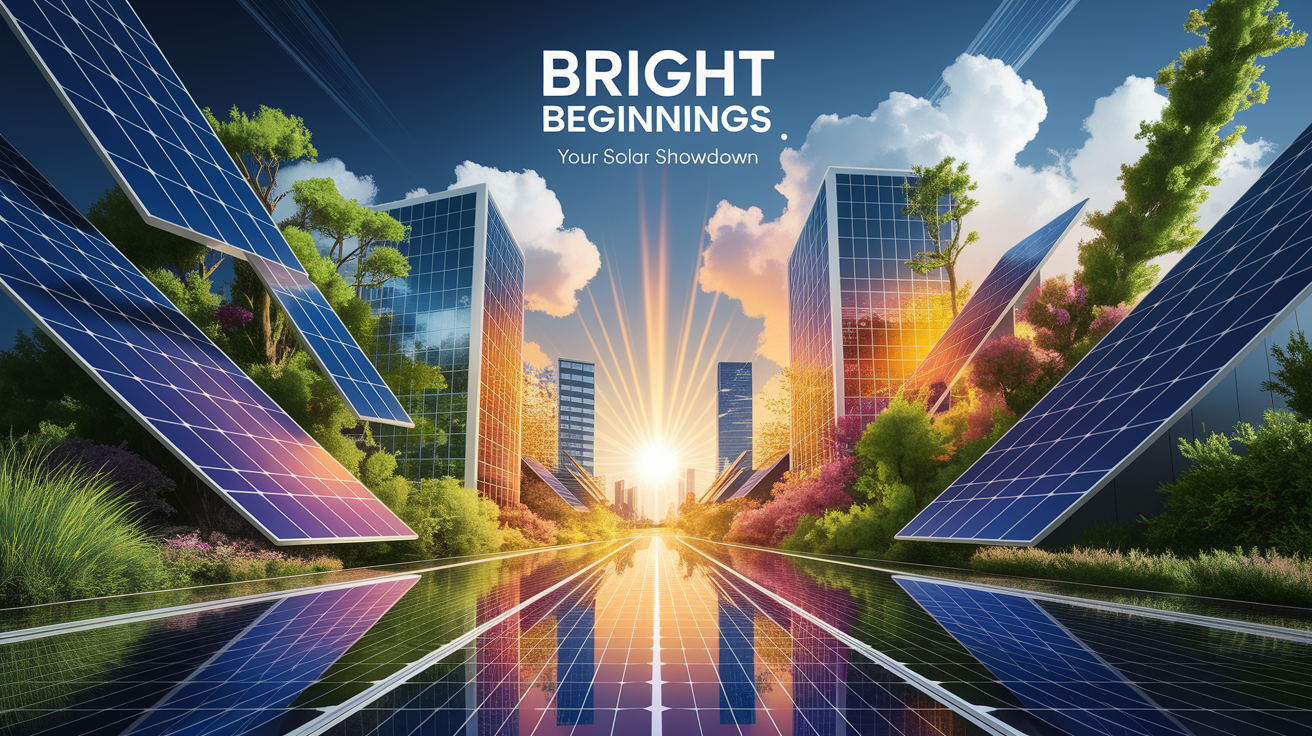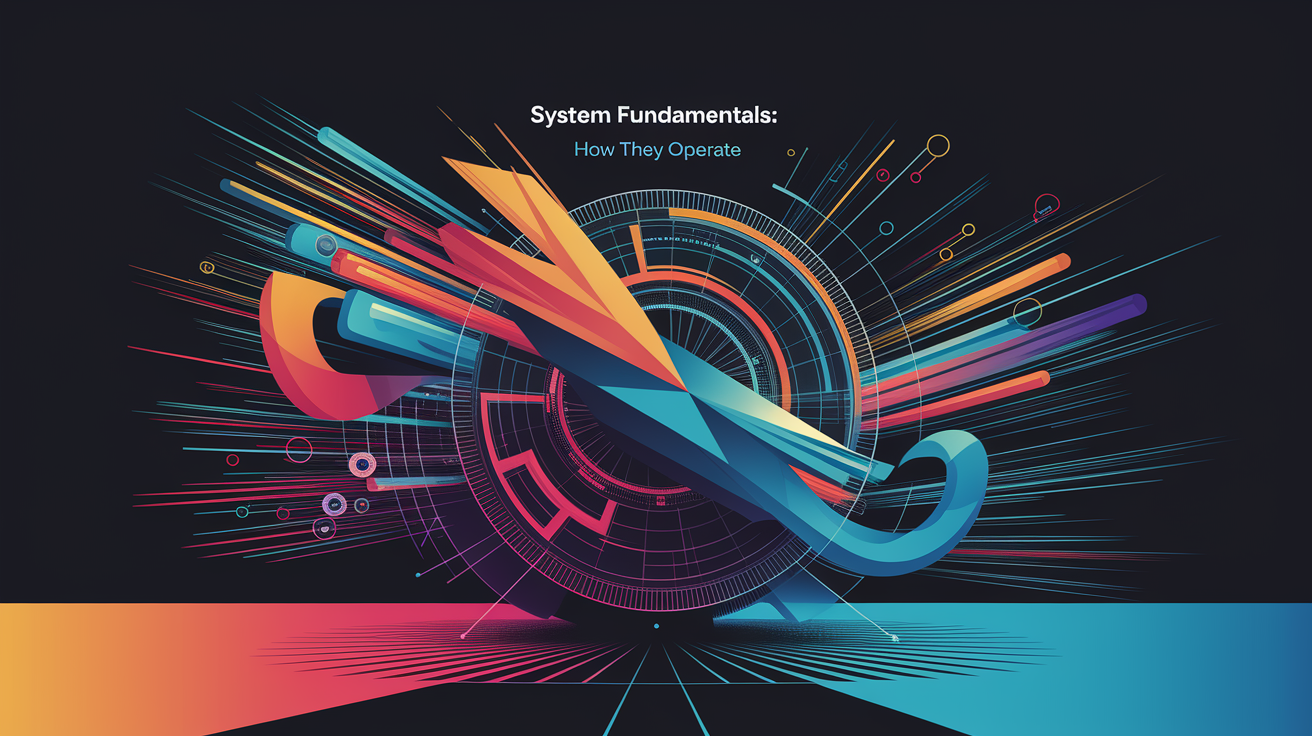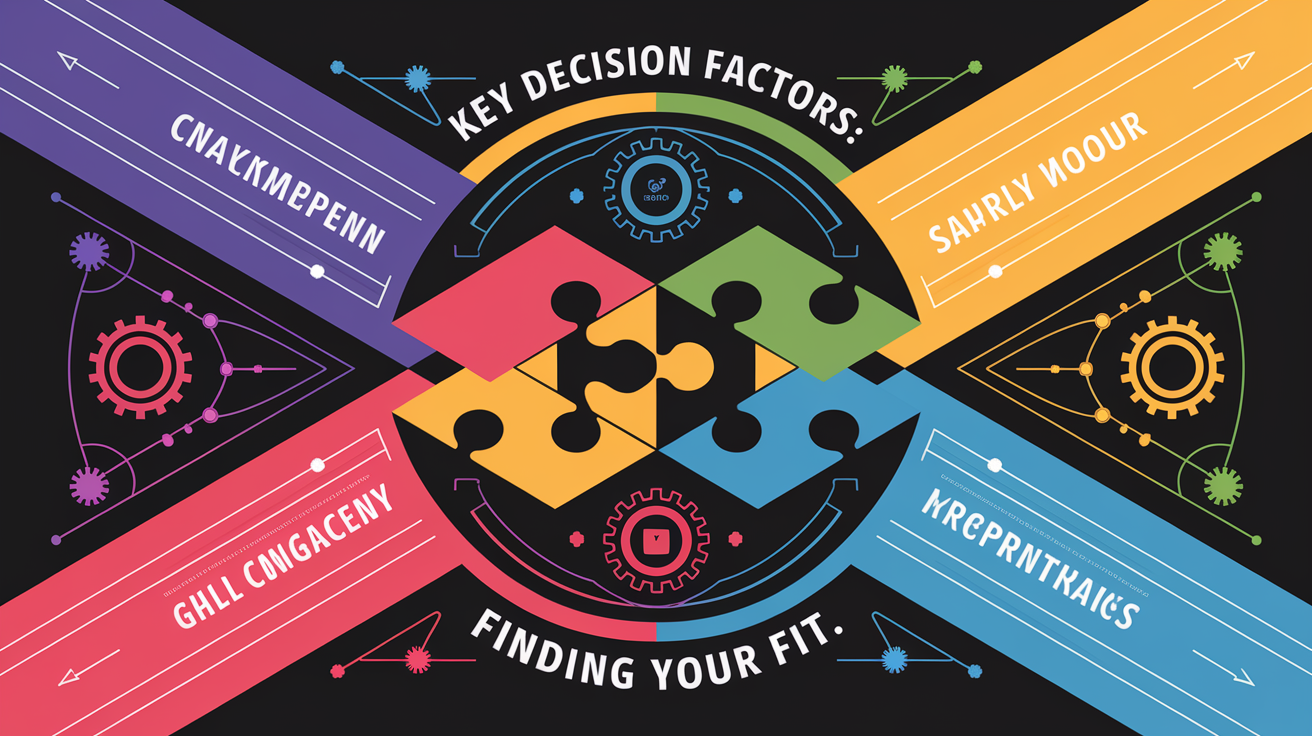Grid-Tied vs Off-Grid Solar Systems: A Clear Comparison
Bright Beginnings: Your Solar Showdown
As solar energy becomes increasingly accessible and cost-effective, the choice between a grid-tied and an off-grid solar setup is one of the first—and most crucial—decisions for homeowners and businesses. This choice determines not just your upfront investment, but how you consume, store, and manage power for decades to come. Both systems harness sunlight via solar panels and convert it into usable energy, but the way they interact with the utility grid dramatically changes their performance, cost, and suitability.

Whether you’re motivated by lower electricity bills, energy independence, or maximising returns on renewable investment, a clear understanding of each approach will help you capitalise fully on the benefits of modern photovoltaic systems.
System Fundamentals: How They Operate
A grid-tied solar system connects directly to the power grid, using an inverter to synchronise the electricity your panels generate with the grid’s supply. When your system produces more energy than you use, the surplus flows into the grid and you may receive credits through net metering. When panel output drops—at night or during overcast conditions—you draw supplemental electricity from the grid.

An off-grid solar system, by contrast, operates completely independently of the utility grid. Here, excess solar energy is stored locally in a solar battery bank, managed by a solar charge controller, for use during non-generating periods. In many cases, backup power from a generator supports demand during extended low-sunlight intervals.
A hybrid approach—combining grid connection with battery storage—exists as well, offering both resilience during power outages and bill-lowering advantages of net metering, though at a higher upfront cost.
Pros and Cons: Weighing the Benefits
Advantages of Grid-Tied Systems
- Lower upfront cost: No battery storage is required, making installation simpler and less expensive.
- Net metering savings: Sell excess electricity back to the grid to offset your future consumption, significantly reducing electricity bills.
- Scalable and efficient: Fewer components mean less maintenance and higher overall energy transfer efficiency.
Disadvantages of Grid-Tied Systems
- No backup during outages: Unless paired with battery backup, systems shut down when the grid goes offline due to safety standards.
- Dependent on grid stability: Vulnerable to fluctuations in grid infrastructure and utility policies.
Advantages of Off-Grid Systems
- Complete energy independence: No reliance on grid stability or exposure to utility fees.
- Ideal for remote areas: Perfect for regions without reliable grid infrastructure.
- Battery storage control: All excess energy is stored locally for later use.
Disadvantages of Off-Grid Systems
- Higher upfront cost: Batteries, which can comprise 30–40% of system cost, add significant expense.
- Maintenance complexity: Battery banks require monitoring, eventual replacement, and regular system upkeep.
- Energy limitations: Storage capacity caps available power during prolonged poor weather.
Key Decision Factors: Finding Your Fit
Choosing between grid-tied and off-grid solar should be based on more than a cost comparison. Consider the following:

- Location & infrastructure: If you have reliable grid access, a grid-tied system with net metering may be optimal.
- Budget constraints: Grid-tied systems generally require less capital outlay. Off-grid systems can cost significantly more due to batteries and backup generators.
- Energy goals: If your priority is energy self-sufficiency, off-grid may be the only solution.
- Maintenance commitment: Off-grid systems demand more complex maintenance schedules—factor labour, replacement costs, and technical support.
- Resilience needs: In areas prone to outages, a hybrid or off-grid system ensures uninterrupted power supply.
Your Solar Path Forward: Choosing Your Destiny
Grid-tied solar systems deliver the most cost-effective route for reducing utility bills and leveraging renewable generation where grid infrastructure is robust. Off-grid solar shines where independence is paramount or the grid is inaccessible. Each system’s solar installation must align with your energy consumption profile, geographic conditions, and long-term sustainability strategy.
Your decision should balance immediate financial feasibility with future-proofing against grid policy shifts, energy prices, and climate resilience needs. If your objective is rapid payback and minimal upkeep, grid-tied wins. For the ultimate autonomy—and the challenge of managing your own energy storage solutions—off-grid is unmatched.
In every case, consult multiple professional installers, review solar system cost comparison data, and evaluate incentives and technical requirements before committing. The right system, integrated with foresight, can deliver decades of reliable, clean power tailored exactly to your needs.







